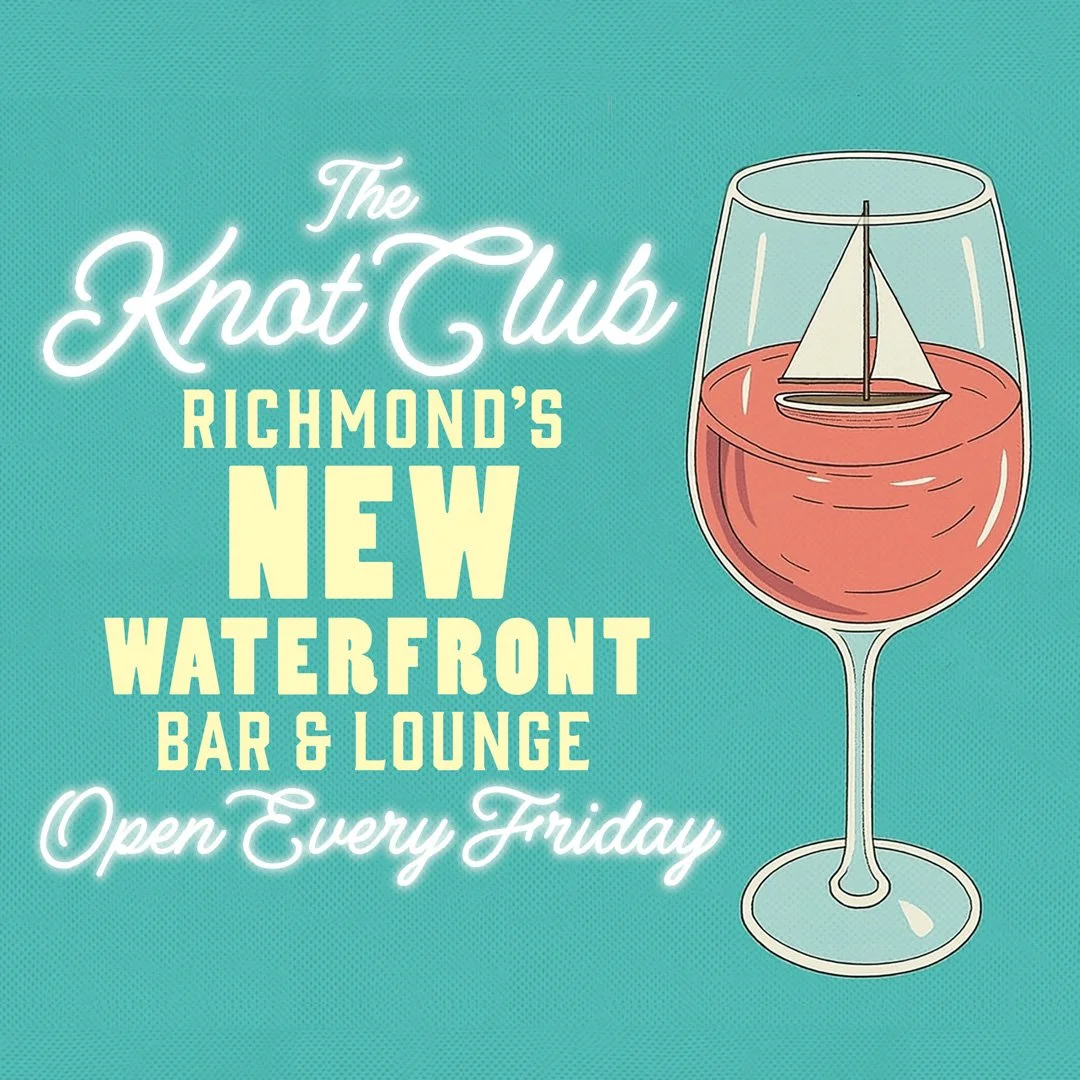Welcome To Point San Pablo Harbor
A curious place of respite, serenity and natural beauty…
It feels like an adventure just to get here–to travel down the windy, rural road, passing some boarded up housing and a castle as you look across at Mt Tam in Marin. Together with Point San Pedro off of China Camp State Park in Marin, Point San Pablo defines the San Pablo Straits separating San Francisco Bay from San Pablo Bay. And then as you climb the steep hill and pass some huge old molasses tanks, you’re suddenly confronted by the vastness and largely undeveloped view of San Pablo Bay, except for a small marina down below surrounded by nature. Upon arriving at the Harbor, you find goats, chickens, Mongolian Yurts and BIG Art sculptures on the shoreline meadow. Welcome.
There’s a rich and compelling history of the Harbor and the Point San Pablo Peninsula that is worthy of your curiosity.
As You Drive Along the Waterfront….
WINEHAVEN: Winehaven is that castle-like building surrounded by palm trees. Built in 1907 after the 1906 earthquake, the California Wine Association moved from San Francisco to Richmond to build the largest winery in the world at that time. Yet, Winehaven came to an abrupt end in 1920 during Prohibition. The building remained empty until 1941, when Point Molate, including Winehaven and its surrounding 400 acres, was commissioned as a WWII fuel depot for the U.S. Navy. Housing was built for officers and their families. In 1995, the depot was decommissioned and ownership was transferred to the City of Richmond. The Point Molate property has been mired in legal battles to settle its fate as either housing or open space. However, the Winehaven castle is protected as a historic building.
MOLASSES TANKS: As you crest the hill to Point San Pablo Harbor, you’ll see huge tanks covered with graffiti. These are empty Molasses tanks. Back when the deep water ports of Point San Pablo were filled with big ships importing and exporting goods, Molasses was shipped in from Hawaii. The Molasses would come in lots from 3,000 to 8,000 tons at a time. The company ceased operation in the 1970’s. The tanks are now city property, governed by the Port of Richmond.
WHALING STATION: Killing whales for their blubber and meat used to be legal in the US until 1971. The whale processing plant near Point San Pablo was built in 1956 by Del Monte Foods, less than ¼ mile down the tracks from the Harbor towards the Point that is now called Terminal 4 (T4). This whaling station was America’s last active whale processing plant up until whaling was banned by Congress in 1971. Someone set fire to it in 1972.
MIWOK TRIBAL LANDS: The Point (San Pablo) was originally called Point Huchunes by the Miwok Huchunes Indians who inhabited the peninsula and took care of these lands for 10,000 years, until the Spanish invaded and included the peninsula in a land grant to encourage Spanish settlement in the Rancho San Pablo in 1823.
TRAIN TRACKS: You’ll see train tracks all along the waterfront. This train line was called the Richmond Beltway and was built by private investors in 1903 to connect the peninsula to the rest of the country. These tracks are now destined to become part of the Bay Trail–a paved pedestrian and bicycle trail all around the San Francisco Bay Area.
How Point San Pablo Harbor Was Born
A HARBOR FRAMED FROM SUNKEN SHIPS: The jetties in Point San Pablo Harbor are made from old boats. In 1939, Captain Raymond Clark created a breakwater out of old steel schooners sunk in place. Some of the coast’s best known single and double-ended steam schooners found their last resting place in the harbor. They include the Bertie Hanlon, Jane Nettleton, Salmon King, Carlos, Siskiyou, and Anne Christensen, all built between 1890 and World War I. In 1965, the sunken ships were burned to the waterline and the jetties were built up by adding concrete blocks and dredged soils from the harbor. For many years this harbor and its historic restaurant was bustling with sailors and fisherman who worked on ships that docked all along Point San Pablo Peninsula.
FILM FACT: In 1955, John Wayne and Lauren Bacall shot a cold war, “red scare’ film called Blood Alley, set all around Point San Pablo Bay, San Francisco Bay, and Point Molate Beach. If you watch the picture, you can see a scene shot inside of our Nobilis restaurant. There’s also a “sinking ship” scene that was shot in the Harbor.
NEW OWNERSHIP: By the 2000s, Point San Pablo Harbor had fallen into serious decay. In 2016, the current owners purchased the property and began removing decades of accumulated junk and debris from the site. All three owners reside at the Harbor. Our team opened the first restaurant, Nobilis Finer Diner in 2018, and brought the garden, art, music, outdoor activities, and special events to this picturesque location.
INTERACTIVE BIG ART: Point San Pablo Harbor has partnered with local nonprofits We Are From Dust and La Victrola Society to bring BIG Art to the waterfront for public enjoyment. We Are From Dust is dedicated to the transformative power of interactive art in public spaces. The first art piece at the Harbor, “Future’s Past” (2010) by artist Kate Raudenbush was installed in December 2018. You’ll find the second sculpture, by another established artist Michael Christian named “Asterpod” (2017), at the end of the West Jetty. See our BIG ART page for more information on each piece and artist.
GOATS, CHICKENS & OUR GARDEN: We’ve got Oberhasli and Nigerian Pygmy goats and a variety of chickens. Our garden produces vegetables and herbs for our resident community and restaurant. Feel free to visit the animals and say hello to our growing family. The chickens provide eggs to the community, and the goats’ jobs are to help control the brush on our hillsides and meadow.
OSPREYS: In 2008, Osprey started nesting on Point San Pablo Peninsula. The Osprey is now the official bird of Richmond. There are many Osprey nests visible along the Peninsula. In 2018 we installed a platform on an existing pile. An osprey pair took up residence, built their nest and have been coming ever since.
MONGOLIAN YURTS: You will see traditional Mongolian yurts up on the hill. These are private accommodations for our volunteers and staff.
EAST BROTHER LIGHTHOUSE: Our Harbor provides boat access to the East Brother Light Station, a remarkable bed and breakfast, built in 1873 and listed on the National Register of Historic Places. The first lighthouse keeper, John Stenmark, and his family resided on the island for the first 20 years of its existence. In his honor, the road to Point San Pablo Harbor was renamed Stenmark Drive in 2013. Book a memorable overnight stay at East Brother Island at www.ebls.org!

